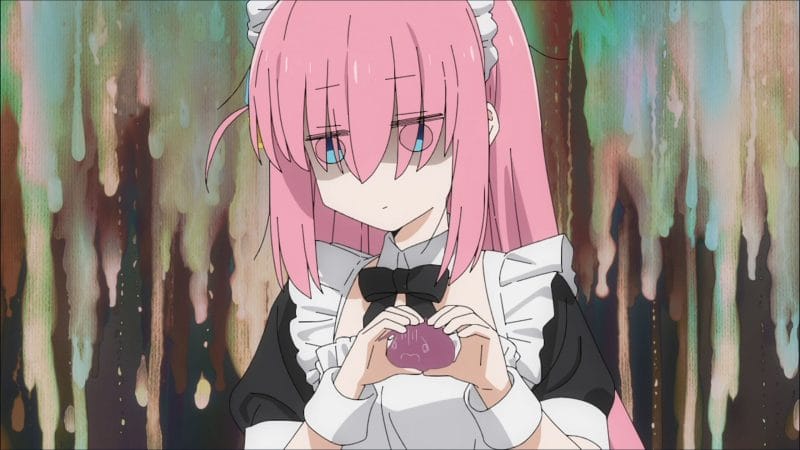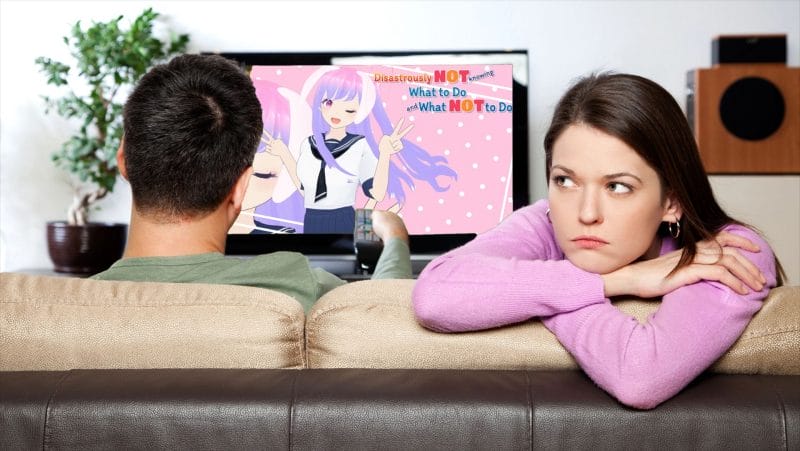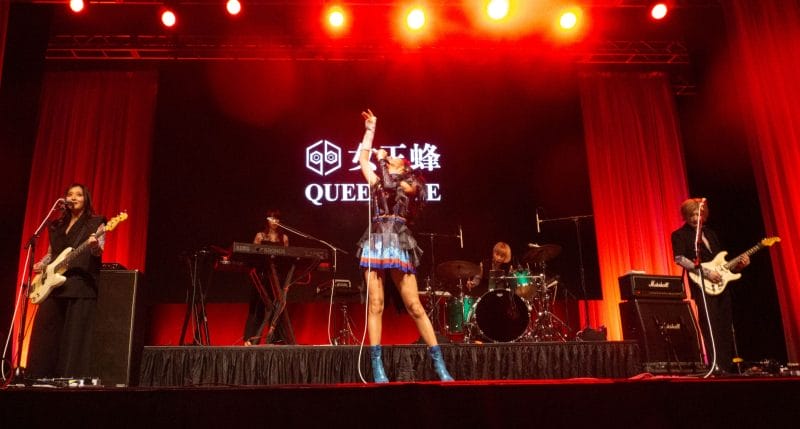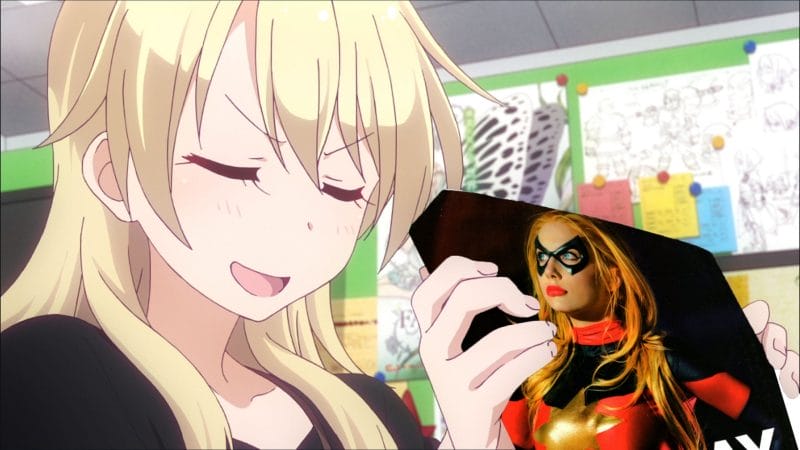A huge thanks to Negikitsu for the Patron Article request! This would not have been possible without him.
Table of contents
In 2017, I attended Viz Media’s evening panel for JoJo’s Bizarre Adventure. It was a full house, and I almost couldn’t find seating. Once I plopped down with my piping paper platter of okonomiyaki, I was bombarded with two-plus hours of dub news, DVD announcements, and an awkward “pose off” competition. None of the proceedings were particularly engaging, but the crowd went wild for every second.
While I’ve been a fan of the series since the 2005, when Viz shipped their early Shonen Jump Advanced printings, I couldn’t help but feel that JoJo had finally “made it” in North America at that moment.
My experiences at Anime Expo the following year cemented that belief. The convention hosted Jojo’s Bizarre Adventure: Golden Wind’s world premiere, which became one of “those” screenings that year. You know–the infamous ones, where lines wrapped around the block and cosplayers cooked alive in the Los Angeles sun. It was a sight to behold, as was that year’s devilish and clever Stardust Crusaders escape room. On the trip home, I realized that the next decade in anime fandom may be painted with Hirohiko Araki’s signature flair, as . JoJo had become a household name, right next to Dragon Ball and Attack on Titan.
The series has seemingly re-entered the realm of cult fascination by 2023, though. An entire season of the anime came and went, with barely an impact left on the fanbase as a whole. The fanbase seemingly scattered to the wind–with unsold merch left to languish on Kotobukiya and Barnes & Noble discount shelves beneath Demon Slayer promotions.
Failure To Launch (Early Localization Attempts)
Viz’s efforts to release an English verison of JoJo date back to the early 1990s. Their weekly newsletter, Viz-In, ran a small blurb about the manga under the localized title The Strange Adventures of JoJo. These plans were scuttled, though, when the American release of Araki’s breakthrough BAOH flopped at retail.
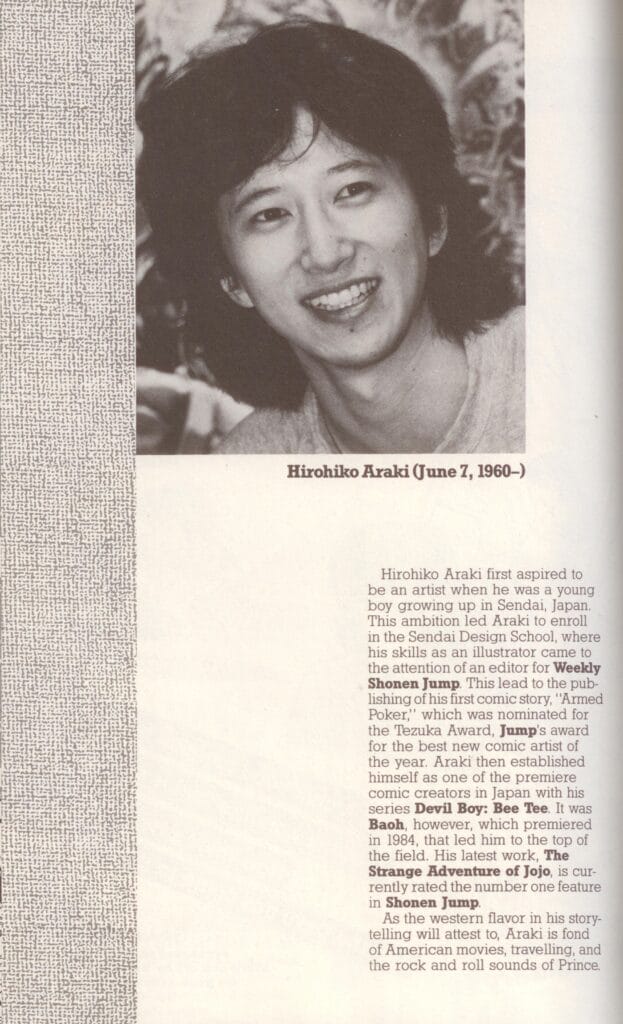
Up to the early aughts, most Americans’ first exposure to Jojo wasn’t through manga, but rather Capcom’s JoJo’s Bizarre Adventure fighting game, which hit arcades in 1998. Even then, the CPS-3 fighter–in low circulation at Western arcades under the title JoJo’s Venture – barely made a splash. The Dreamcast port had a notoriously low print run, and is among the more valuable releases for the platform today. Ditto for the PlayStation port, which still commands up to half a grand.
Super Techno Arts took on the unenviable task of releasing A.P.P.P’s JoJo’s Bizarre Adventure OVA on DVD in the early 2000s. The series, which was released from 1993 through 2002, is a truncated adaptation of the manga’s smash-hit third arc, Stardust Crusaders. Unfortunately, this chronological nightmare of an OVA started viewers right in the middle of the story. The first six episodes were released from November 1993 to November 1994, and began right as Jotaro et al arrive in Egypt. This left viewers with little context as to who the characters were, why they were there, and what had happened up until that point. It was a confusing choice, made even stranger by the fact that A.P.P.P would adapt the first half of the story six years later with a different staff. Super Techno Arts opted to organize their releases in chronological order, which didn’t help matters, as the style and quality changed drastically after the seventh episode. Ultimately, the release did little to move the needle, and Super Techno Arts—which was itself a subsidiary of A.P.P.P.—shuttered shortly thereafter with JoJo as their only release.
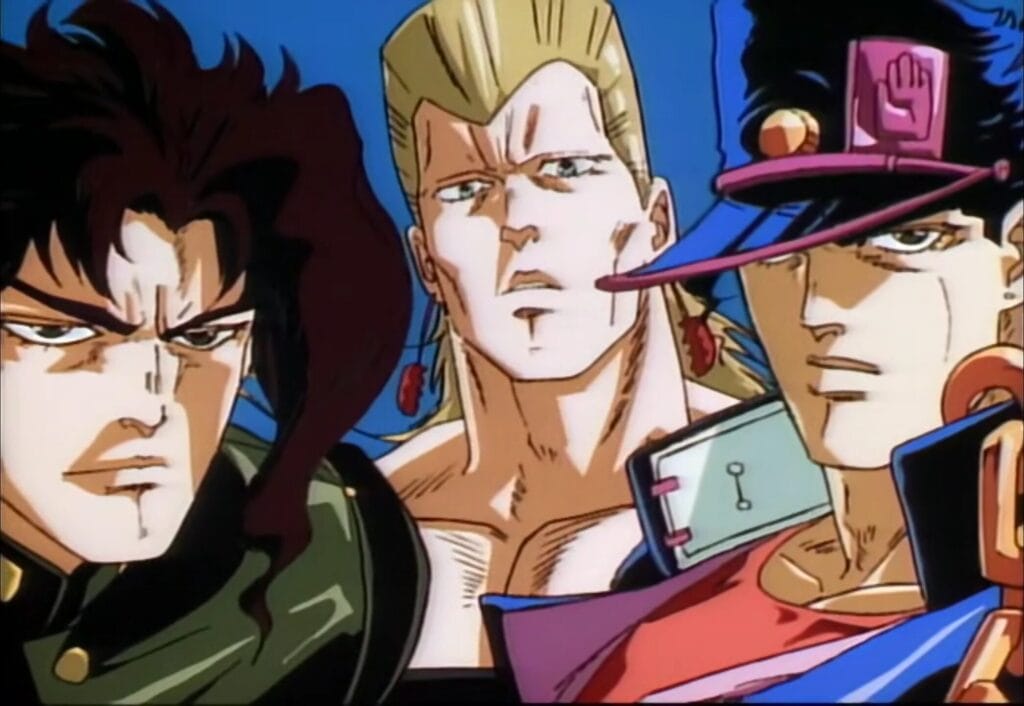
Meanwhile Viz—after flirting with the idea of releasing the manga as monthly ‘floppy’ comics—opted to finally release the JoJo manga in North America in 2005. The publisher followed in the footsteps of Capcom and A.P.P.P. before them by starting Western readers off with Stardust Crusaders. This choice once again confused prospective audiences, who were given lengthy exposition in both the volumes and the monthly Shonen Jump anthology meant to catch them up to speed. The Shonen Jump Advanced print run flopped, the first two parts remained unlocalized, and all future JoJo plans were called off.
By 2010, JoJo seemed like a localization white whale. Even Capcom had steered away from the IP, despite initial plans to localize the PS2 Golden Wind game in 2005. At the outset of the decade, JoJo was the stuff of cult fixation and scanlation hell.
A Beautiful Duwang (Cult Success)
Image board 4Chan was instrumental in the 2010s JoJo boom. While the series had enjoyed a cult reputation for Dio’s “WRYYYY” delivery in the Capcom game, that minor meme mainly circulated in the fighting game community and gained traction through open-source projects like the MUGEN fighting game engine. Moreover, Dio’s scream was a bleedover meme from Japanese forum 2Channel – an audience who would’ve had more familiarity with the series.
By the late 2000s, an increasing number of references to the series began to crop up on 4chan’s /a/ (Anime & Manga) board. These them proliferated onto other social networks and eventually took on a life of their own on places like Tumblr and Twitter. Among the earliest was Franco Zeppeli’s encounter with Dio in Phantom Blood, in which Zeppelli asks how many lives Dio has “sucked to heal [his] wounds.” Dio replies, “Do you remember how many breads you have eaten in your life?” The scene—originally posted in reference to Touhou character Remilia Scarlet in 2008—gained a cult reputation for both its absurdity and awkward phrasing.

Both features would become hallmarks within the fandom. Much of Jojo’s early appeal in the West was as a strange, inaccessible curio with an unwieldy translation. As the US market had become saturated with familiar shonen fare by this point, Jojo had an outsider appeal despite itself being a hugely successful property in Japan. Because the series didn’t have a familiar corporate presence, and because the only way to access it was often through yellowed scans of Shonen Jump pages from the ‘80s, Jojo had a “wow” factor in America that had long since worn off for the likes of Dragon Ball, Naruto, and Bleach
One facet of this stemmed from the infamous “Duwang” scans. This charming but frequently illegible translation was the product of JBA Community Forums member The Vinny Mac, who aided in early localization efforts for the manga. Mac purchased and scanned every volume of Diamond Is Unbreakable himself, then sent them via AOL Instant Messenger to an unseen translator. The translator was “lightning fast,” as per Mac’s recollection on Reddit1, and completed the entire manga—the longest arc until Steel Ball Run—within a month. As the translator used the project as a chance to improve his English skills, these scans are rife with grammatical issues, typos, and outright incorrect translations. Like the other scans, though, Duwang translations became an inexorable part of the Jojo fanbase. Lines like, “your feeling I can feel deeply,” and, “what a beautiful Duwang” became secret handshakes of sorts for ‘Jobros.’

As the streaming boom bolstered anime’s popularity in North America, a cult presence like Jojo was much-needed as bigger franchises like Sword Art Online and Attack on Titan exploded. JoJo felt like something that couldn’t be tamed to its fans, and was revered as something decidedly anti-corporate and borderline inaccessible. The series’ continued string of commercial failures in the United States helped cement that reputation. David Production’s first adaptation skirted under fans’ radars in 2012, and even a 2014 video game—All-Star Battle—did little to improve the franchise’s station in America. This was all the better for a fanbase with a built-in hostility towards the Western anime industry, and the trends that it seemed to be directing a new generation towards.
Translation? Jojo was “cool” – for now.
Diamonds Are Forever (The Boom)
By 2015, David Production’s anime adaptation had just wrapped up its take on Stardust Crusaders. That year, I attended a Jojo fan panel at Animazement in Raleigh, which filled about half a conference room. Most of the small crowd consisted of hardcore manga fans, with a few curious anime-only attendees there to bolster their knowledge. The tone of the panelists was explanatory, and their presentation was mostly full of context for newcomers – despite a few token references thrown in for longtime readers. Both panelists, though, emphasized that the best time to jump onto Jojo would be the following year.
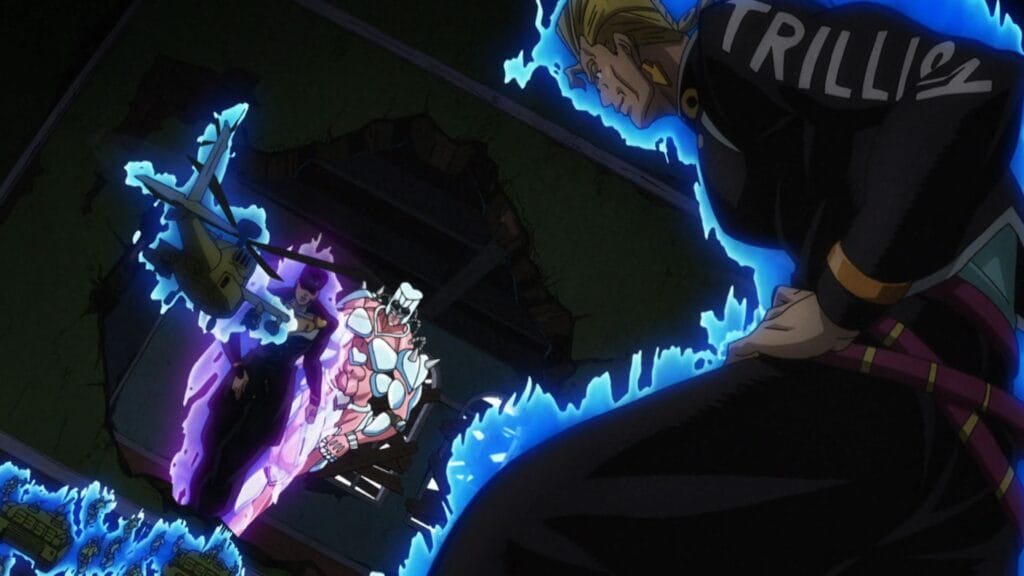
That assessment was spot-on. While Stardust Crusaders gained some notable traction in North America, it was dwarfed by Diamond Is Unbreakable – a mostly standalone directional shift for the series. While earlier parts more closely resemble hot-blooded beefcake manga like Fist of the North Star and Dragon Ball Z, Diamond stood out for its lanky, fashionable delinquents and Bowie-tinged serial killers. On top of that, the anime preempted a widespread cultural fixation with ‘90s nostalgia, which gave it a novel appeal amidst a deluge of stagnant ‘80s throwbacks.
By this point Viz had caught wind of the growing fanbase and tried to cash in. In 2014, the publisher began to publish the manga in proper order for the first time. They did so via bulky, expensive hardbacks modeled after a line of premium releases in Japan. These releases—originally released as Jojonium—covered parts 1-3 of Araki’s manga, and stopped right at Diamond Is Unbreakable. In an era where manga like My Hero Academia and Attack on Titan started to top U.S. bookseller charts, this stymied much of the franchise’s appeal among younger readers. To read the least popular parts of an already niche series, potential readers would have to fork over as much as two cheaper paperbacks. It was a strange choice, further hampered by translation changes and a protracted release structure that saw Phantom through Stardust stretched from 2014 to 2019.
Worse, the initial home video release of the anime was a disaster. Warner Brothers (Viz’s longtime distribution partner) issued Phantom Blood and Battle Tendency on cheaply-printed, dub-only DVDs in 2015. Viz attempted to course correct by announcing higher quality releases within the year. But by the time that first season finally hit Blu-Ray in 2017, Diamond Is Unbreakable had already finished airing.
Despite these impediments, the franchise enjoyed unprecedented popularity around this period. Diamond Is Unbreakable ended on a high note, with the series enjoying constant promotion on Crunchyroll and spawning its own fandom on places like Tumblr and Twitter. The series had also started to air on Toonami in 2016, where Stardust Crusaders finally caught on with a wider audience. Great Eastern began to pump out their familiar merchandised fare such as t-shirts and wall scrolls, which found their way into places like Hot Topic and Target. A franchise once thought to be unmarketable was now in Loot Crates with Deku and Eren Jaeger.
Get Back, Jojo (Decline To Present)
The excitement going into Golden Wind was palpable, but cracks in the North American Jojo fandom had begun to show. Because the fandom was now a very visible contingent being marketed to, that early “cool” factor had begun to wear off.
One could argue that market saturation on the part of Viz played a role in this. Leading up to the conclusion of Diamond, the franchise felt inescapable. Diamond’s front-page pushes on Crunchyroll, banner ads of the manga and Blu-Ray releases on outlets such as Anime News Network, merchandise everywhere from Hot Topic to Wal-Mart… it was a push on the level of other shonen contemporaries.
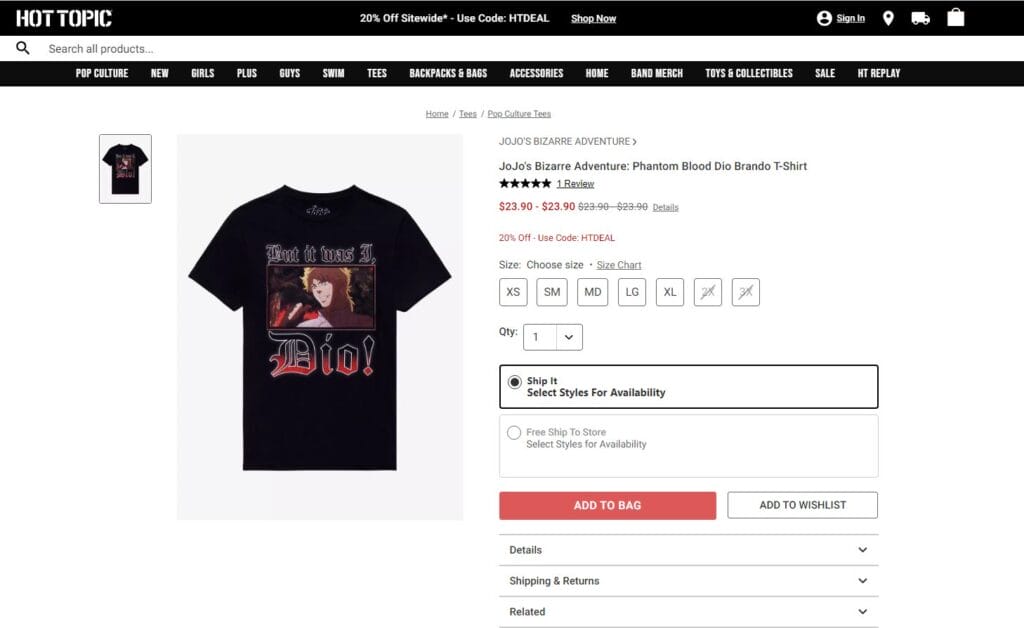
Ironically, it’s how little Jojo resembles those contemporaries that could be another blame for the decline in popularity. This initial period of promotion was in service of Stardust Crusaders and Diamond is Unbreakable. Merchandise for Phantom Blood and Battle Tendency—both crammed into one season—was practically non-existent. By the time Stardust goods had enough market penetration to edge their way into major retailers, that version of the show had long since ended. Such is the nature of a franchise whose protagonists reset each season, which poses a challenge when competing with static monoliths like Goku and Naruto.
To pre-anime fans, this is accepted and expected. To newcomers, it’s a daunting proposition. Like American superheroes, long-running shonen properties rely on familiarity to coast through the decades. JoJo broke the rules, doing something that Toriyama would later want for Dragon Ball but editors wouldn’t allow. Protagonists were allowed to age out of their role and fade out of the limelight – even dying, in the case of Phantom Blood. It’s a clever narrative contrivance and a marketer’s worst nightmare in equal measure.
But perhaps the biggest blow to Jojo’s popularity was dealt by the North American anime industry itself. The late 2010s through early 2020s have been a whirlwind of acquisitions and consolidations. Crunchyroll—Jojo’s simulcast home from Stardust to Golden Wind—found Funimation merged into itself under Sony, and ultimately morphed into a publisher who also handles physical releases. It was during this transitional period that Netflix announced that, in a power play, they managed to pick up the global streaming rights to the next titles in the Jojo anime franchise.
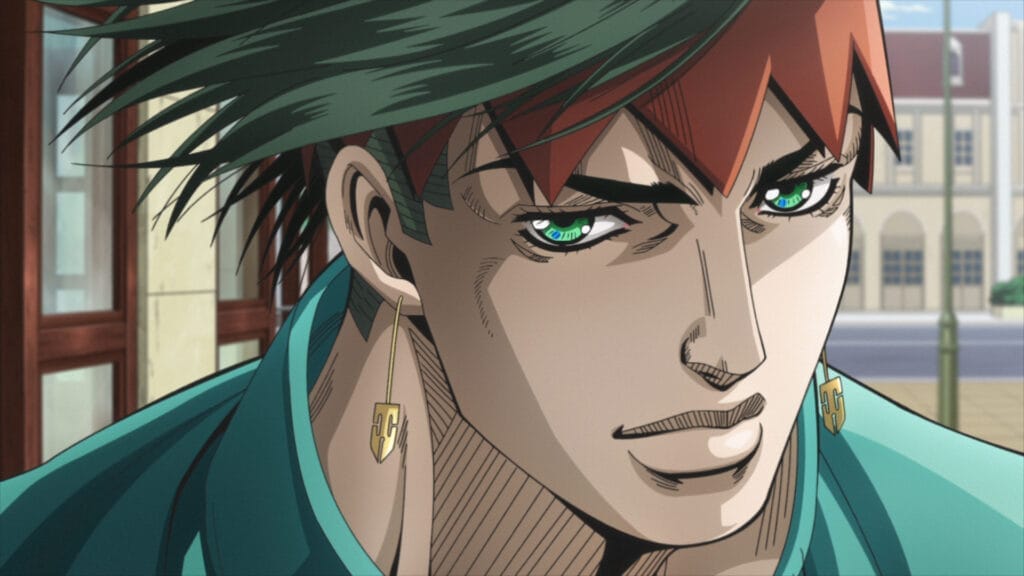
Thus Spoke Kishibe Rohan – a Diamond Is Unbreakable spin-off – debuted on Netflix in February 2021. Because Netflix doesn’t actually release their streaming numbers, it’s impossible to gauge how successful that OVA was. Whatever the case may be, the partnership was enough of a success to lock down the next proper installment of Jojo. That December, Toonami co-creator Jason Demarco lamented on Twitter that the streaming monolith had spent “an astronomical amount” for exclusive rights.
Whether or not that purchase paid off is – again – impossible to gauge. Stone Ocean was released as a twelve-episode Netflix web anime in December 2021, before being aired weekly on Tokyo MX, BS11, MBX, and Animax. Globally, it was only ever released in batches on streaming services. This was a major setback to JoJo’s reach, which thrived on the simulcast model. As Kotaku’s Isaiah Colbert noted, “JoJo Fridays” had become a weekly fandom staple during Golden Wind’s peak. Viewers all around the world could legally tune in and talk to each other about the week’s episode on their social media platform of choice. Now, JoJo was just another streaming product – released in a batch, digested in a binge, and buried within the Netflix algorithm forever.
Netflix’s glacial release schedule didn’t help matters. There were long gaps between episode batches, which – combined with the binge model release – brought momentum to a standstill. Fans and community figures publicly lamented the lack of updates and pace of release to no avail.
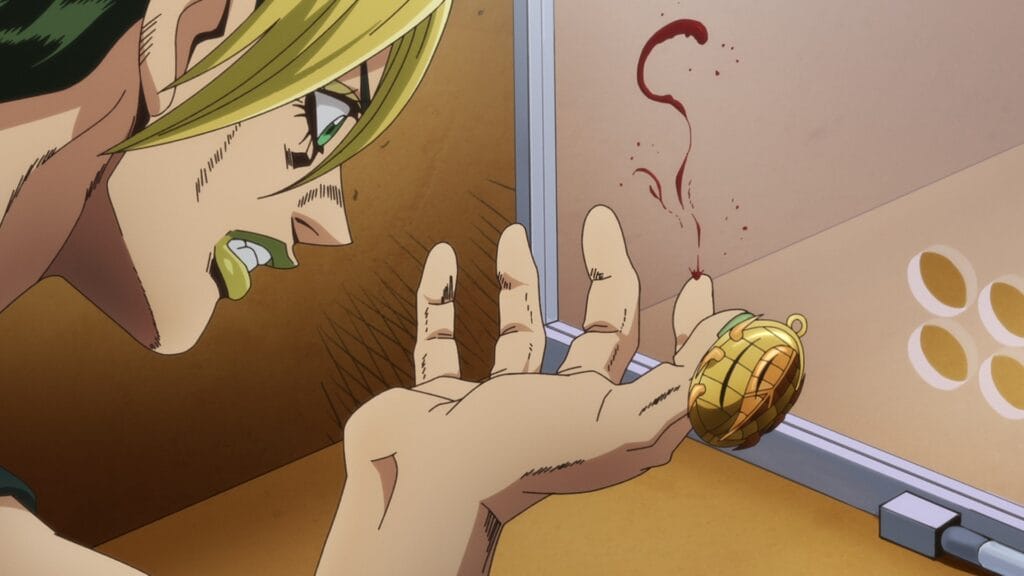
“I’d rather have [Stone Ocean] confirmed and then delayed so they can release all the episodes in a single year instead of a nine month gap between 13 episode chunks,” tweeted cosplayer and JoJo fan Diana Soreil. “This is somehow worse than regular Netflix jail.”
Soreil – a longtime fixture in the JoJo community – later lamented the state of the fanbase.
“I’m not screaming 24/7 about JoJo anymore because there’s nothing really new happening in the fandom,” she tweeted, “and also I’ve been in this fucking fandom for sixteen fucking years so there is not a lot for me to say.”
It doesn’t help that Viz’s premium hardback releases of JoJo haven’t even caught up to Stone Ocean yet. This glacial pace has ensured that the manga fundamentally fails to generate buzz for the show. On the same token, Netflix’s abysmal promotion of Stone Ocean feels an ill omen of things to come. With little cultural awareness of the part itself, and scant merchandise beyond premium goods to support it, it’s hard to see Jolyne Kujo’s story finding a place in a grounded manga landscape.
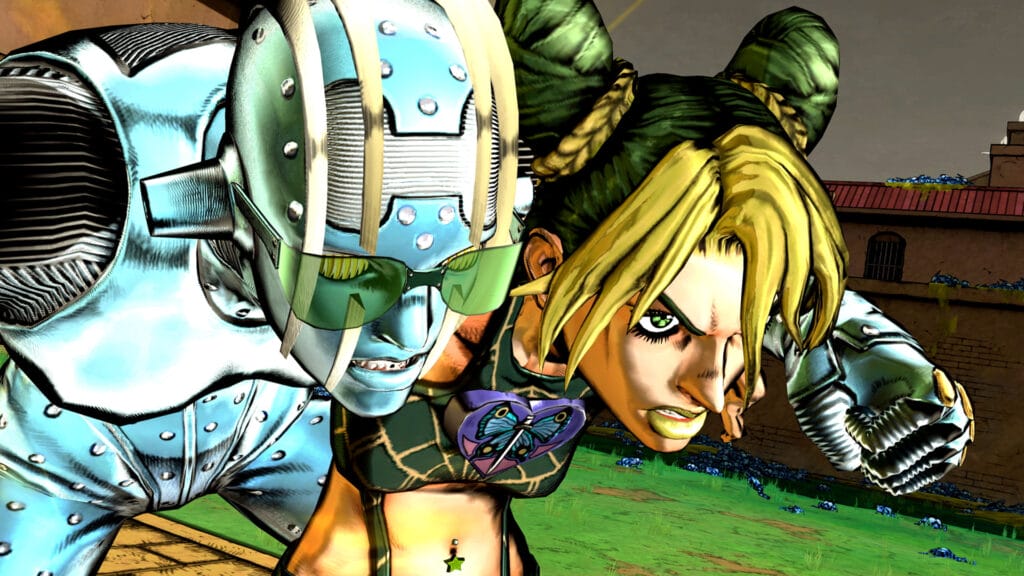
At least JoJo’s video game fortunes have brightened up. A long way from the abysmal Dreamcast and PlayStation sales, re-release All Star Battle R fared surprisingly well on the charts. SteamInsights points to just over 220,000 digital sales on the marketplace. The console version, meanwhile, broke into the NPD Group’s top 10 best-sellers for September 2022 – coming in at #8. This proves – with hard numbers – that there’s still an audience for this property.
But where does that leave the future of the franchise, as a whole?
This turn of events has left Jojo in a precarious place going into the 2020s. It’s tempting to heap the sole blame on Netflix or Viz, but the reality is a bit more complicated. A combination of factors—market shifts, brand awareness, and changing platforms—has left perceptions of the franchise stuck firmly in the early 2010s. At the top of the decade, Jotaro Kujo was the most identifiable part of the series, and the rest of it was inaccessible (or unidentifiable) to most people.
Now, it feels like we’re back there again – stuck midway on a journey through Egypt.
Works Cited
- “about the Duwang translation.” Reddit.
- Jason Demarco Tweet Re: Netflix. Twitter.
- “How Many Breads Have You Eaten In Your Life?” Know Your Meme.
- “JoJo’s Bizarre Adventure: The Complete First Season Arrives July 28 from Warner Bros. Home Entertainment.” Anime News Network.
- “Jojonium.” Jojo’s Bizarre Adventure Wiki.
- – Netflix’s Binge-Model Release of JoJo’s Bizarre Adventure: Stone Ocean Ruined The Anime’s Hype. Kotaku.
- “So… where on earth DID Duwang come from?” JBA Community Forums.- “Thread #9577852.” 4Chan (via Desuarchive)




